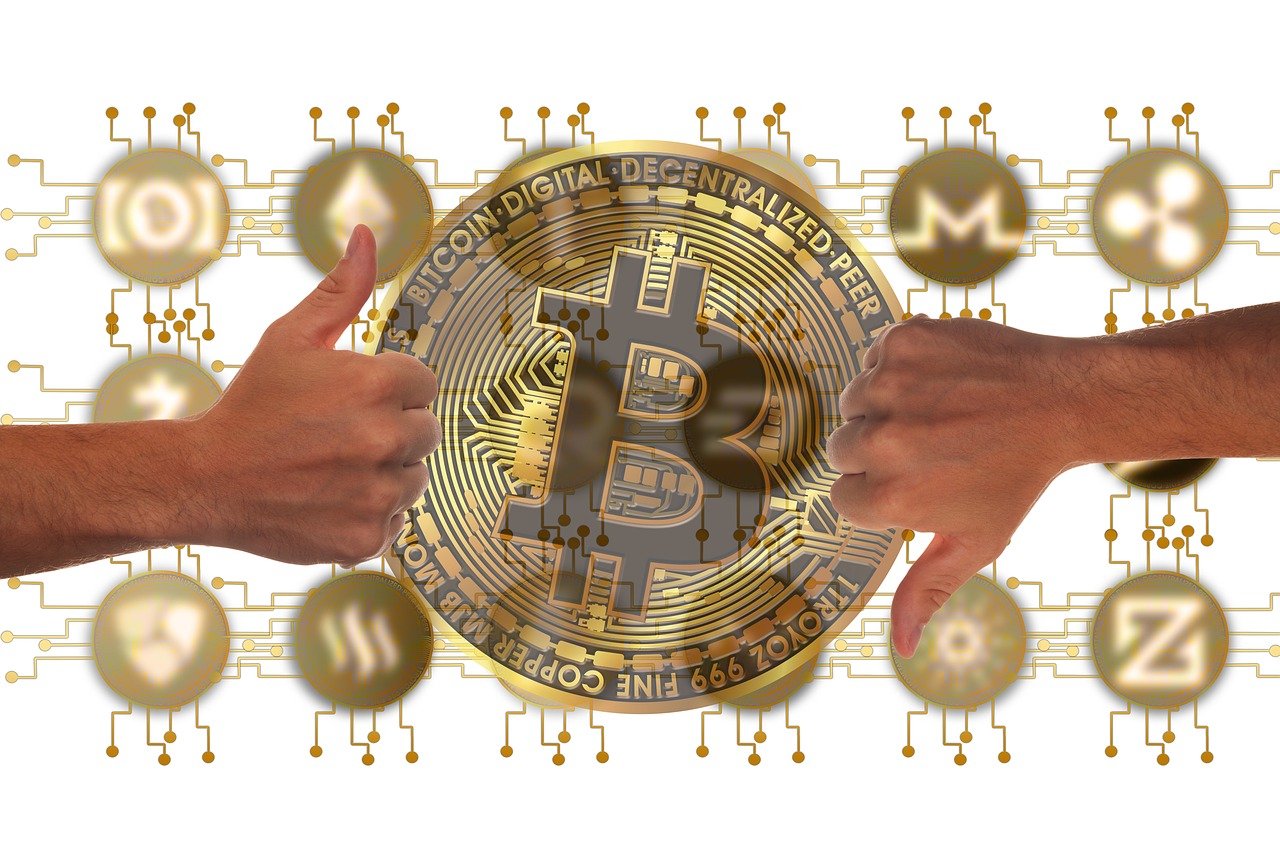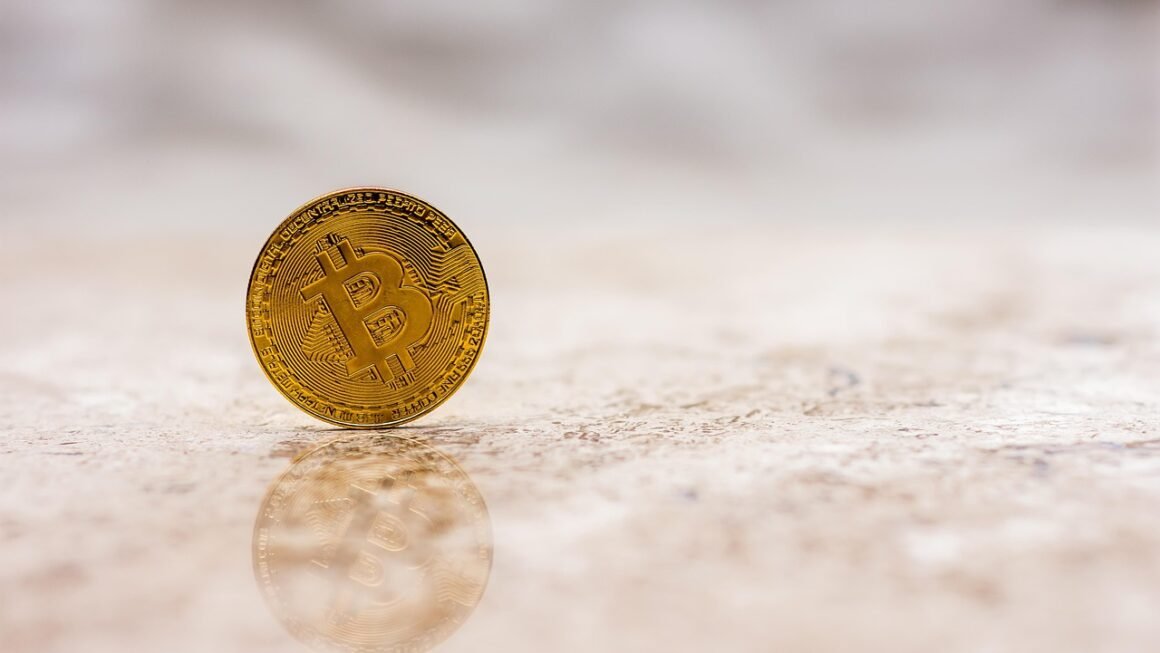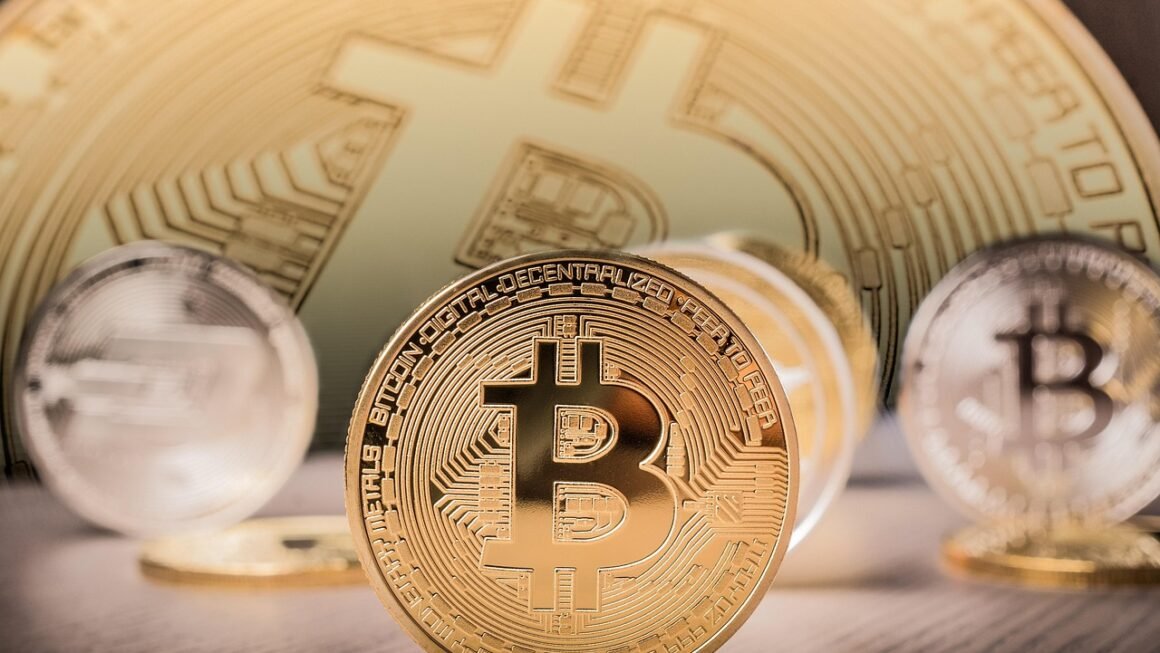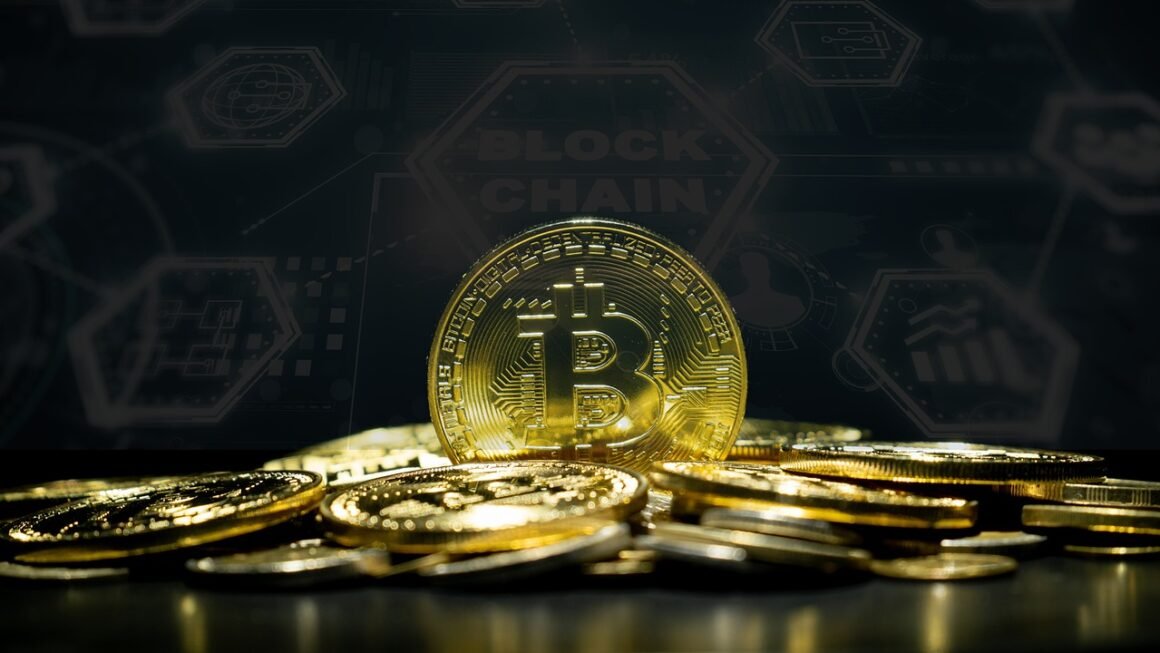Token burning might sound destructive, but in the world of cryptocurrency, it’s a strategic move designed to influence the value and overall health of a digital asset. Think of it as a digital form of stock buyback, aiming to reduce supply and potentially increase demand. This process, though simple in concept, has profound implications for token holders and the long-term viability of a cryptocurrency project. Let’s dive into the mechanics and benefits of token burning.
What is Token Burning?
The Basic Definition
Token burning is the process of permanently removing tokens from circulation. This is typically done by sending tokens to a “burn address,” a wallet address that is inaccessible and irretrievable. Effectively, the tokens sent to this address are destroyed. The burn address is often a public key with no corresponding private key, rendering the tokens unusable forever.
How It Works Technically
- The process involves sending a specific number of tokens to a designated burn address.
- These burn addresses are designed to be unusable – no one controls the private key, so the tokens are effectively lost forever.
- The burn transaction is recorded on the blockchain, making it transparent and verifiable. Anyone can see that the tokens have been sent to the burn address.
- After the burn, the total supply of the token is permanently reduced. This is reflected in the blockchain’s records.
Examples of Burn Addresses
A burn address is usually a random string of characters that is specifically designed to be unusable. Here are a few example of burn addresses:
- 0x000000000000000000000000000000000000dead
- 1BitcoinEaterAddressDontSendf59kuE
- Burn addresses often contain strings like “dead” or “burn” to clearly indicate their purpose.
Why Do Projects Burn Tokens?
Reducing Supply and Increasing Scarcity
The primary reason for token burning is to reduce the overall supply of a cryptocurrency. By decreasing the number of tokens in circulation, the remaining tokens theoretically become more valuable, assuming demand remains constant or increases. This is basic supply and demand economics at play.
- Example: Imagine a cryptocurrency with an initial supply of 1 million tokens. If the project burns 500,000 tokens, the remaining 500,000 tokens now represent a larger share of the total network value.
Rewarding Token Holders
Burning tokens can be seen as a way to reward existing token holders. By increasing the potential value of their tokens, the project is incentivizing them to hold onto their investment and support the project’s long-term goals.
- This can lead to increased community engagement and a stronger sense of loyalty among token holders.
- Projects often announce token burns in advance to generate excitement and attract new investors.
Stabilizing Token Price
Token burns can be used to stabilize the price of a cryptocurrency, especially during periods of volatility. By reducing the supply, the project can help to prevent significant price drops and maintain a more stable market value.
- This is particularly useful for cryptocurrencies that are subject to inflation or have a large initial supply.
Distributing Value Created by the Project
Some projects burn tokens using a percentage of the fees generated through transactions within their ecosystem. This effectively distributes the profits generated by the platform back to the token holders by increasing the value of the remaining tokens.
- Example: Binance uses a portion of their quarterly profits to buy back and burn Binance Coin (BNB). This ties the token’s value to the success of the Binance exchange.
Different Methods of Token Burning
Scheduled Burns
Some projects incorporate token burning into their tokenomics model, with predetermined schedules for burning tokens at specific intervals. These burns are often tied to specific milestones or events, providing transparency and predictability.
- Example: Some projects burn a fixed percentage of their token supply every quarter.
Transaction Fee Burns
As mentioned earlier, some projects burn a portion of the transaction fees generated on their network. This creates a deflationary effect, as the token supply gradually decreases with each transaction.
- This method ties the token burn directly to the activity and usage of the platform, making it a sustainable and organic process.
Buy-Back and Burn
This involves the project using its profits to buy back tokens from the open market and then burning them. This further reduces the supply and increases demand, potentially driving up the token price.
- Example: Binance’s BNB burn program is a prime example of this.
Proof-of-Burn Consensus Mechanism
While less common, Proof-of-Burn (PoB) is a consensus mechanism where miners “burn” tokens to gain the right to mine new blocks. This is an alternative to Proof-of-Work (PoW) and Proof-of-Stake (PoS).
- Burning tokens demonstrates a commitment to the network and allows miners to participate in the block validation process.
- PoB is more energy-efficient than PoW but has been criticized for potentially creating a system where the wealthy are favored.
The Pros and Cons of Token Burning
Benefits of Token Burning
- Increased Scarcity: Reduces the overall supply, potentially increasing the value of remaining tokens.
- Price Stabilization: Can help to stabilize the price during periods of volatility.
- Rewarding Token Holders: Benefits current holders by increasing the potential value of their holdings.
- Community Engagement: Can generate excitement and strengthen the community.
- Transparency: Burn transactions are recorded on the blockchain, making the process transparent and verifiable.
Potential Drawbacks and Risks
- Artificial Scarcity: Critics argue that token burning creates an artificial scarcity that is not based on genuine demand.
- Manipulation: There is a risk of manipulation if the token burn is not transparent or well-defined.
- Ineffectiveness: If demand remains low, token burning may not have a significant impact on price.
- Centralization Concerns: The decision to burn tokens often rests with the project team, raising concerns about centralization.
- Opportunity Cost: Funds used for buy-back and burn programs could potentially be used for other development or marketing initiatives.
Conclusion
Token burning is a valuable tool in the cryptocurrency space, allowing projects to manage their tokenomics and incentivize token holders. While it’s not a magic bullet and carries potential risks, when implemented strategically and transparently, it can contribute to the long-term health and success of a cryptocurrency project. Understanding the mechanics, benefits, and potential drawbacks of token burning is crucial for any investor navigating the complex world of digital assets. Always remember to research thoroughly and consider all factors before making investment decisions.



